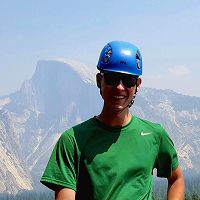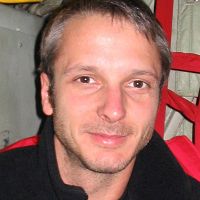Callahan et al., 2017
Mountain erosion over decades and millennia: New insights from sediment yields and cosmogenic nuclides
Callahan, R. P.; Riebe, C. S.; Ferrier K. (2017)
Fall Meeting, American Geophysical Union, December 2017. Abstract EP33C-1950.
-
Sierra, GRAD STUDENT
-
Sierra, INVESTIGATOR
Abstract
For more than two decades, cosmogenic nuclides have been used to quantify catchment-wide erosion rates averaged over tens of thousands of years. These rates have been used as baselines for comparison with sediment yields averaged over decades, leading to insights on how human activities such as deforestation and agriculture have influenced the production and delivery of sediment to streams and oceans. Here we present new data from the southern Sierra Nevada, California, where sediment yields have been measured over the last ten years using sediment trapping and gauging methods. Cosmogenic nuclides measured in stream sediment reveal erosion rates that are between 13 and 400 (average = 94) times faster than erosion rates inferred from annual accumulations in sediment traps. We show that the discrepancy can be explained by extremely low sediment trapping efficiency, which leads to bias in the short-term rates due to incomplete capture of suspended sediment. Thus the short-term rates roughly agree with the long-term rates, despite intensive timber harvesting in the study catchments over the last century. This differs from results obtained in similar forested granitic catchments of Idaho, where long-term rates are more than ten times greater than short-term rates because large, rare events do not contribute to the short-term averages. Our analysis of a global database indicates that both the magnitude and sign of differences between short- and long-term average erosion rates are difficult to predict, even when the history of land use in known.
Citation
Callahan, R. P.; Riebe, C. S.; Ferrier K. (2017): Mountain erosion over decades and millennia: New insights from sediment yields and cosmogenic nuclides. Fall Meeting, American Geophysical Union, December 2017. Abstract EP33C-1950..
Explore Further


